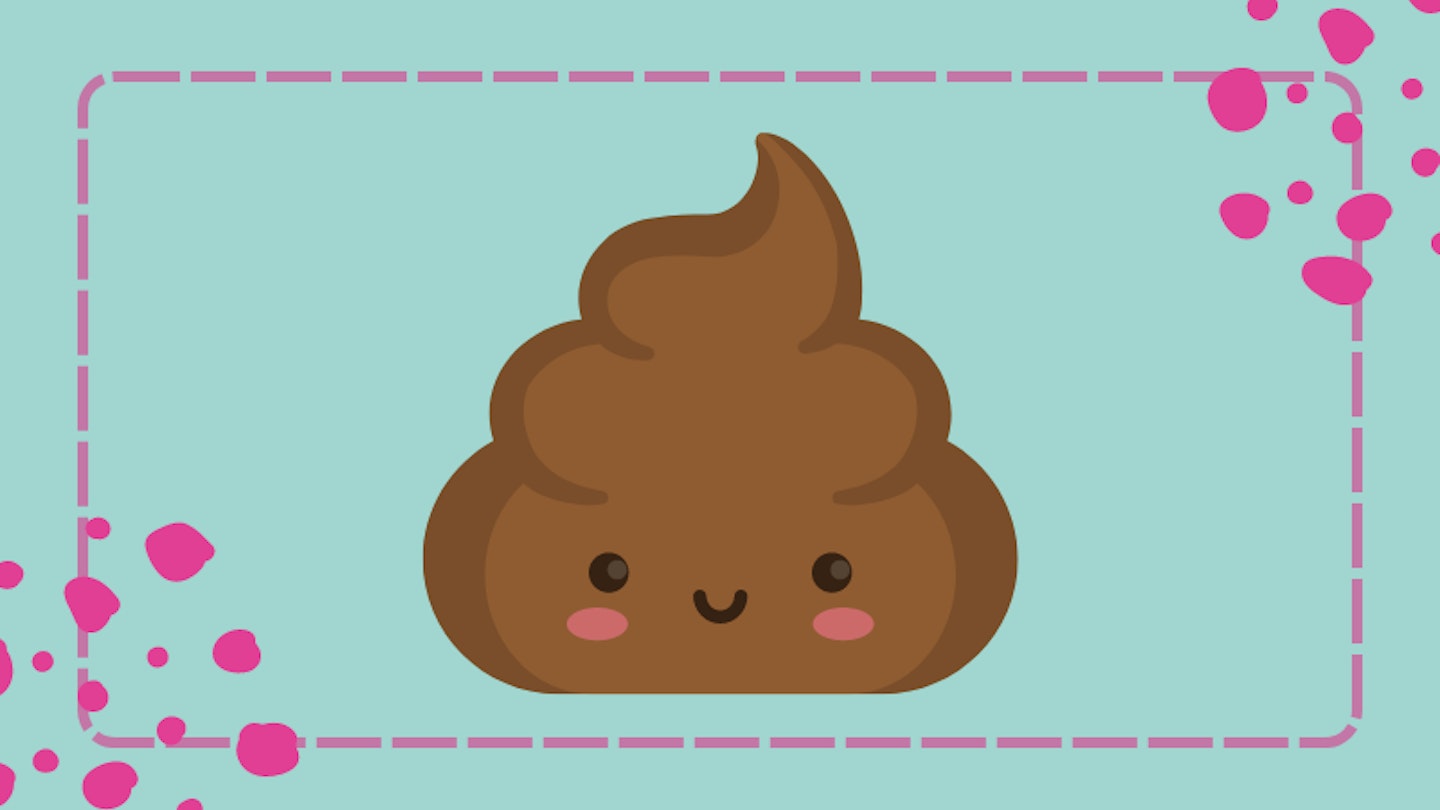Medically reviewed by Midwife Pip is a truly passionate midwife and advocate for the profession, bursting with knowledge.
Lots of mums find themselves wondering if the amount of times a day their baby poops is normal.
If you’re going through nappy changes quicker than you can add them to your Amazon cart, or worrying that your newborn’s bowel movements are a little too infrequent, you’re definitely not alone. In fact, you’ve only had to be stuck in a supermarket toilet once with a wailing baby on the changer, asking every woman who walks in with a buggy if they have a baby wipe, to know that it can be a problem among lots of mothers.
But avoiding cute outfit choices because you’re changing baby clothes so frequently can become tedious pretty quickly (although, in case you didn't know, working your washing machine overtime could actually help your little one fall asleep).
How much is too much to be changing nappies? When’s a good time to talk to your GP? We’ve got the bottom (sorry) of this poopy conundrum, with expert advice and help from Midwife Pip, so you can get back to ordering more nappies, pronto.
Why is my baby pooping so much?
If it feels like you're constantly changing nappies - it's perfectly normal for your baby to poop a lot. You'll find that you'll be changing the most with your newborn - 12 changes in 24 hours is totally common - but don't worry, this should soon slow down.
"Every baby is different, and their poo frequency will be unique too, it is useful to get to know your baby’s normal. Newborn babies will tend to poo after every feed if breast fed, or up to 5 times a day when formula fed." Advises Midwife Pip.
How long will it last?
Three to six weeks after giving birth, your baby's pooping schedule should slow down and they should start passing fewer bowel movements. Again though, every baby is different and some might take more time. Rather than frequency, you should be checking the poop's consistency for any problem signs.
Does breastfeeding affect my baby’s pooping pattern?
It is totally normal for breastfed babies to pass a stool immediately after each breastfeeding session (or even during). As the stomach fills up with milk, their intestinal tract is stimulated, which prompts a bowel movement.
"In breastfed babies poop is usually very liquid and soft or runny and doesn’t have an offensive or much of a smell." Says Midwife Pip.
This means breastfed babies usually have one to eight bowel movements a day, with an average of four. But some equally healthy babies only poop every seven to ten days (it all depends on their digestive systems).
Within a month, most breastfed newborns will have settled down to one or two bowel movements a day.
Does using formula affect my child's bowel movements?
Formula-fed babies average two stools a day but could have many more.
According to Midwife Pip, "the poop of a formula fed baby tends to be firmer in texture, darker in colour and smellier than a breastfed baby’s poop."
If you’re worried, ask your GP, but it’s likely that there’s nothing to worry about.
The meaning behind your baby's poo colour:
Midwife Pip says your baby’s poo colour may change from one day to the next, and to remember that it is normal! "You will often find yourself wiping various shades of brown, green and yellow tones from your baby’s bottom. Baby poo varies depending on many factors like their age and what they eat or drink, when weaning poo changes to become firmer, browner, and smellier."
Baby poo colour meaning
 1 of 8
1 of 81) Greenish black
Meconium - a black, sticky tar-like newborn poo. It's often thick, dark green and it's made up of cells, proteins, fats and bile. It often comes in the first few days after birth, but some babies pass meconium while still in the womb.
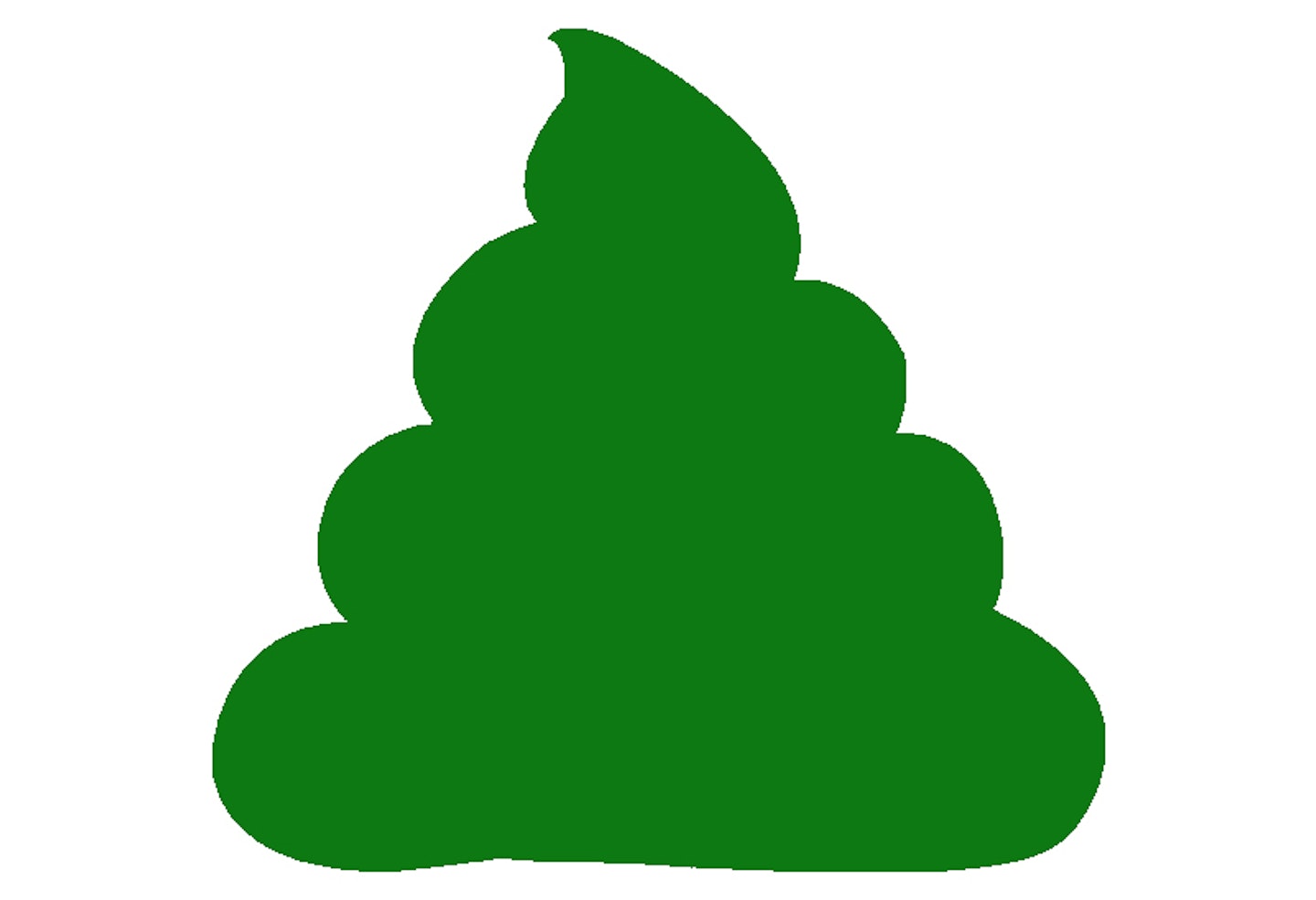 2 of 8
2 of 82) Army green
In a newborn, your baby is digesting their milk/formula. It can also be caused by excess bile, baby diarrhoea or food intolerance, green foods when weaning, iron supplements or a foremilk-hindmilk imbalance.
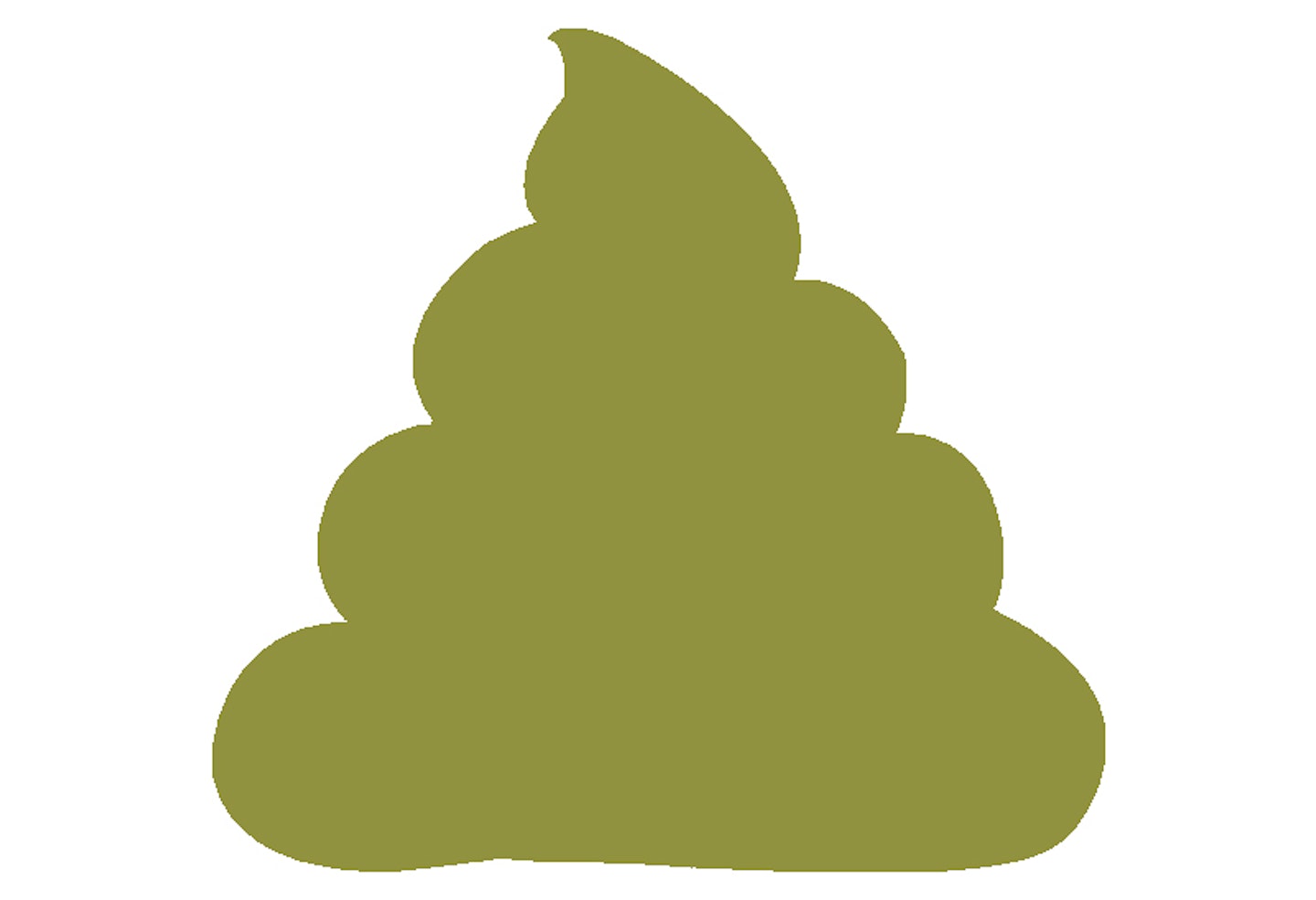 3 of 8
3 of 83) Yellow green
A breastfed baby's poops are usually runny, yellow and don't smell too unpleasant. They may be a mustard yellow colour.
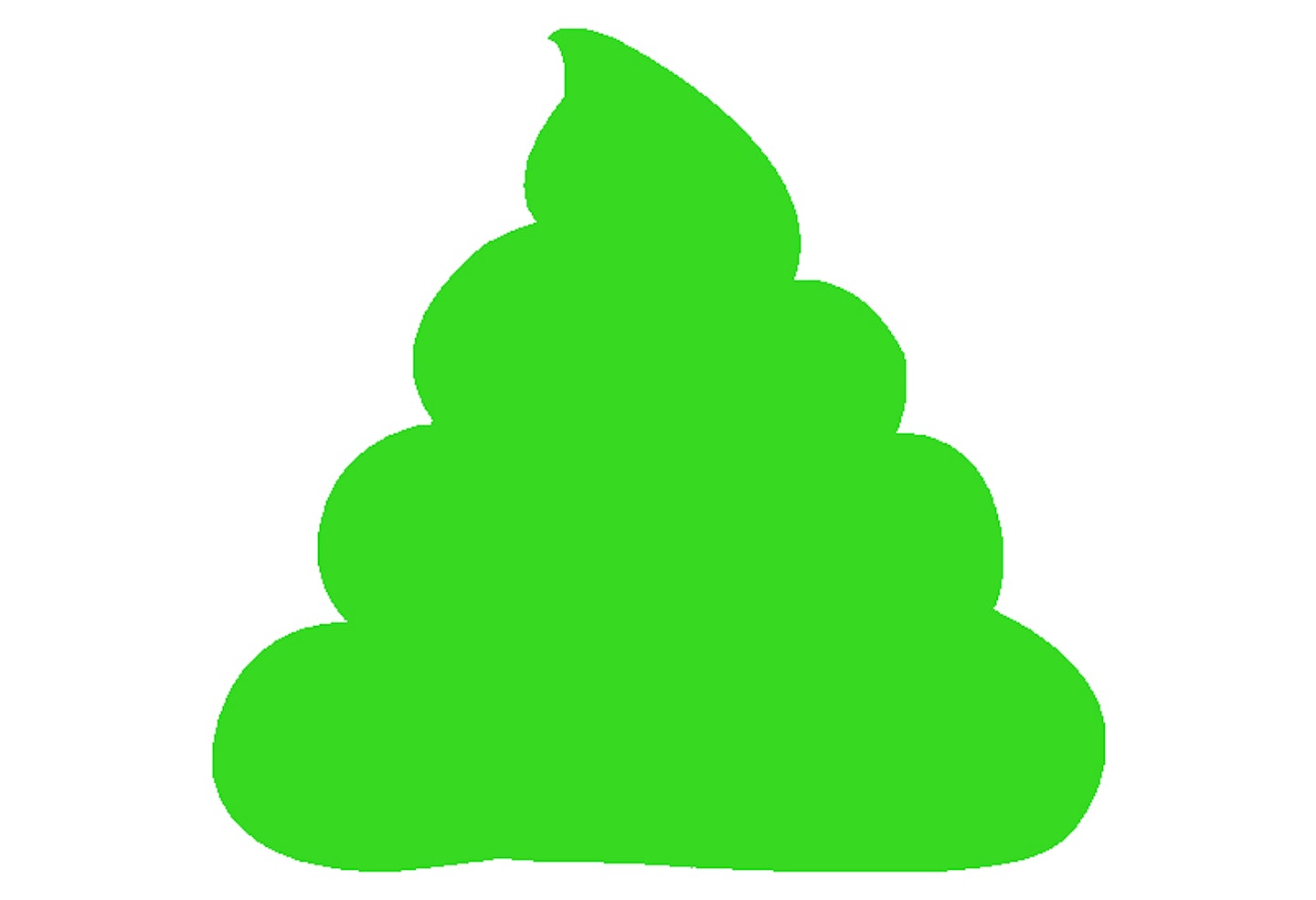 4 of 8
4 of 84) Bright green
A bright green poo may indicate baby is not feeding properly or that they are suffering from a viral or bacterial infection. If you're concerned about bright green poo, check with your doctor.
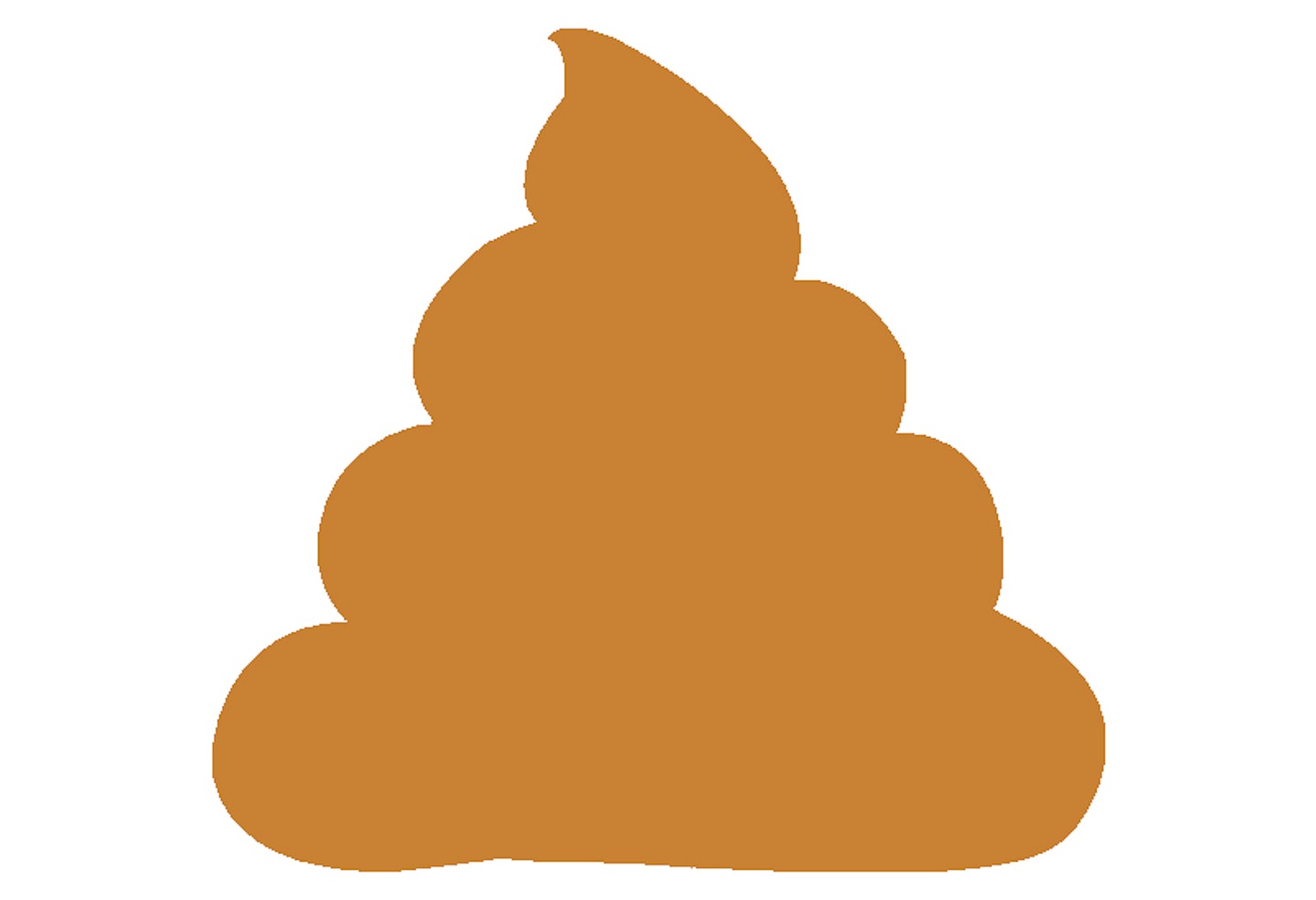 5 of 8
5 of 85) Peanut butter brown
A normal, healthy formula-fed poo can vary from tan-brown, yellow-brown and green-brown, depending on the formula.
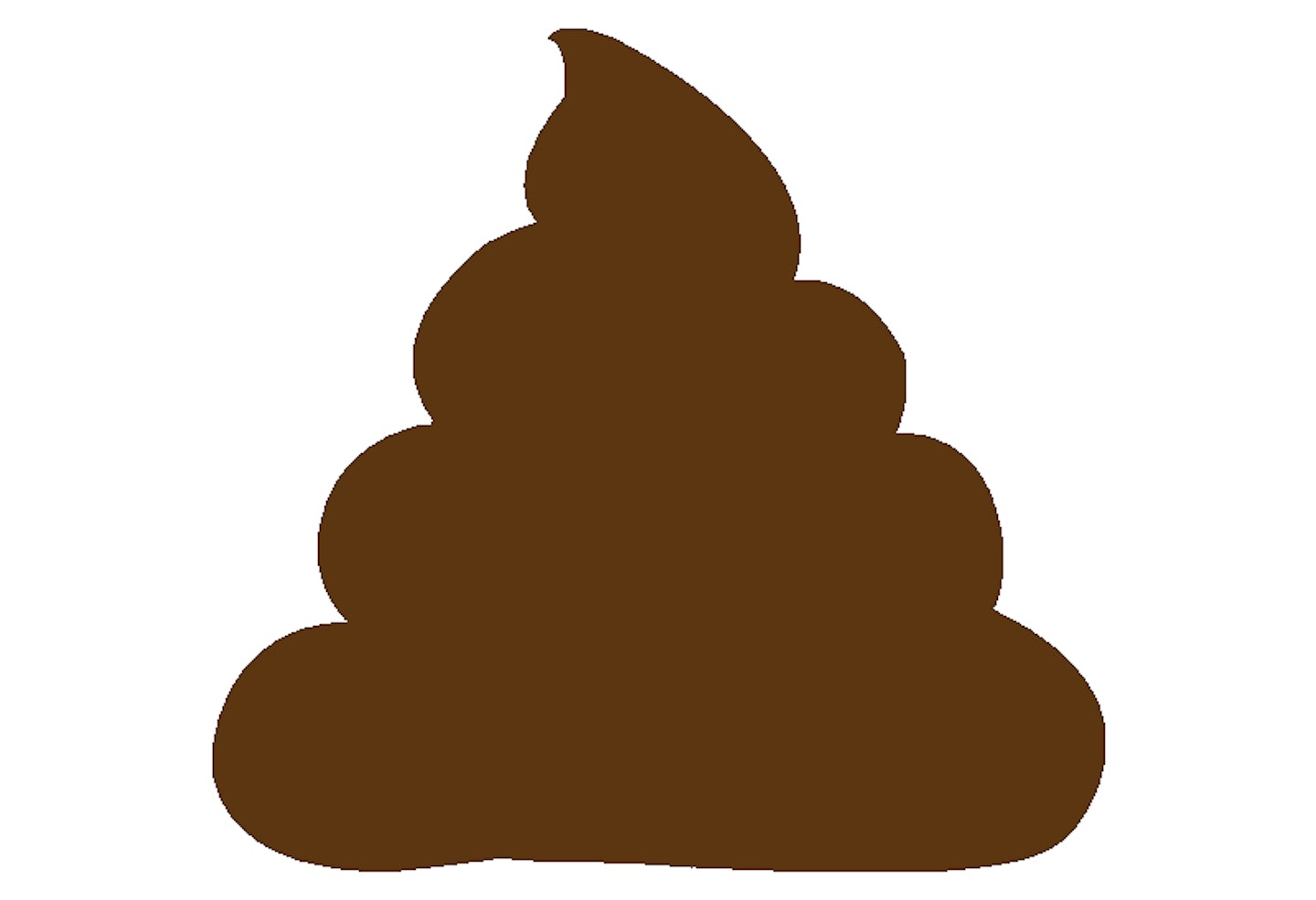 6 of 8
6 of 86) Dark brown
Once your baby is on solid foods, their poo will come more solid, less mushy and more pungent in smell. They'll also become larger, thicker and more like adult poos.
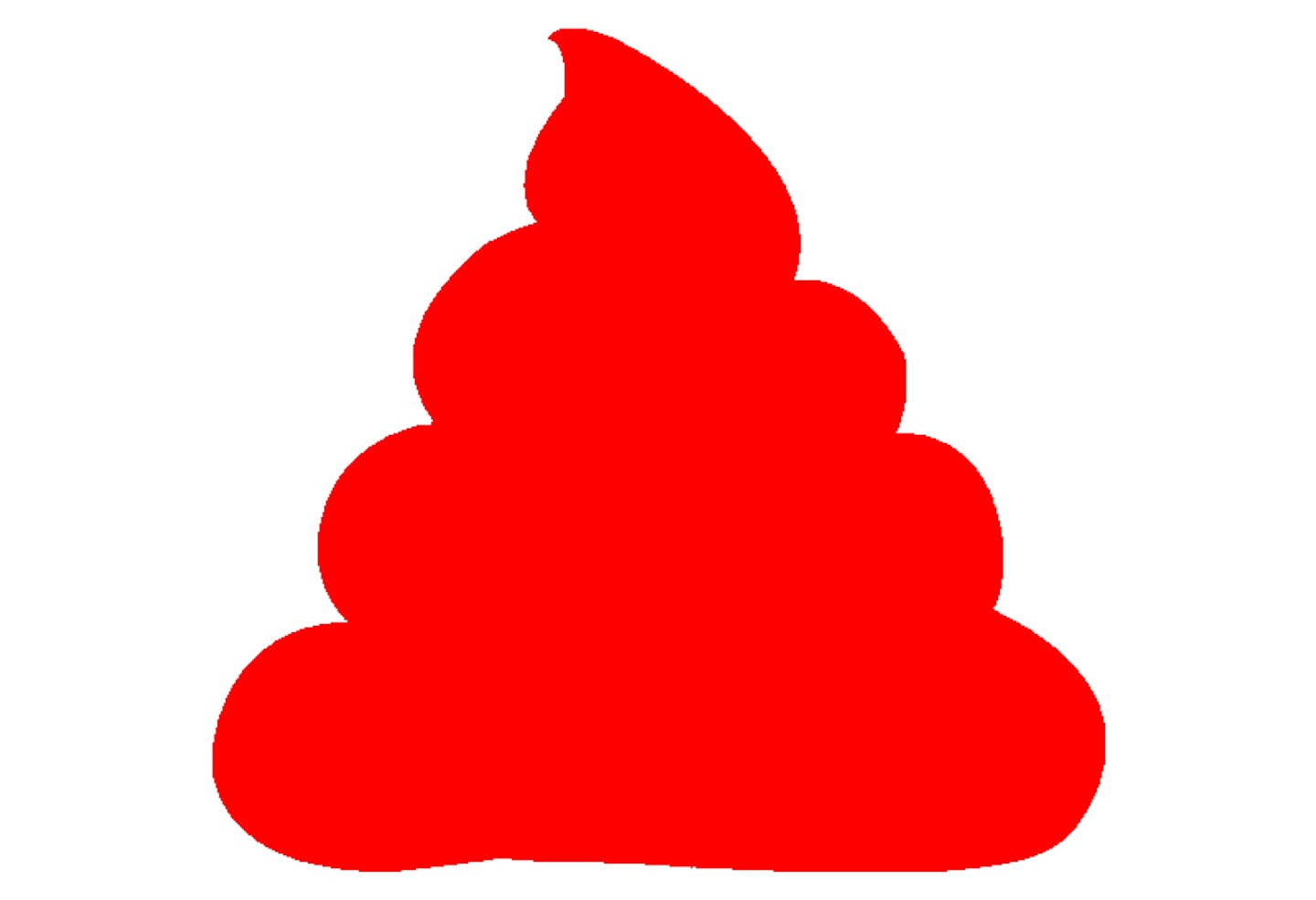 7 of 8
7 of 87) Red
If you notice any red in your baby's poo it could be blood in your baby's poo, contact your GP.
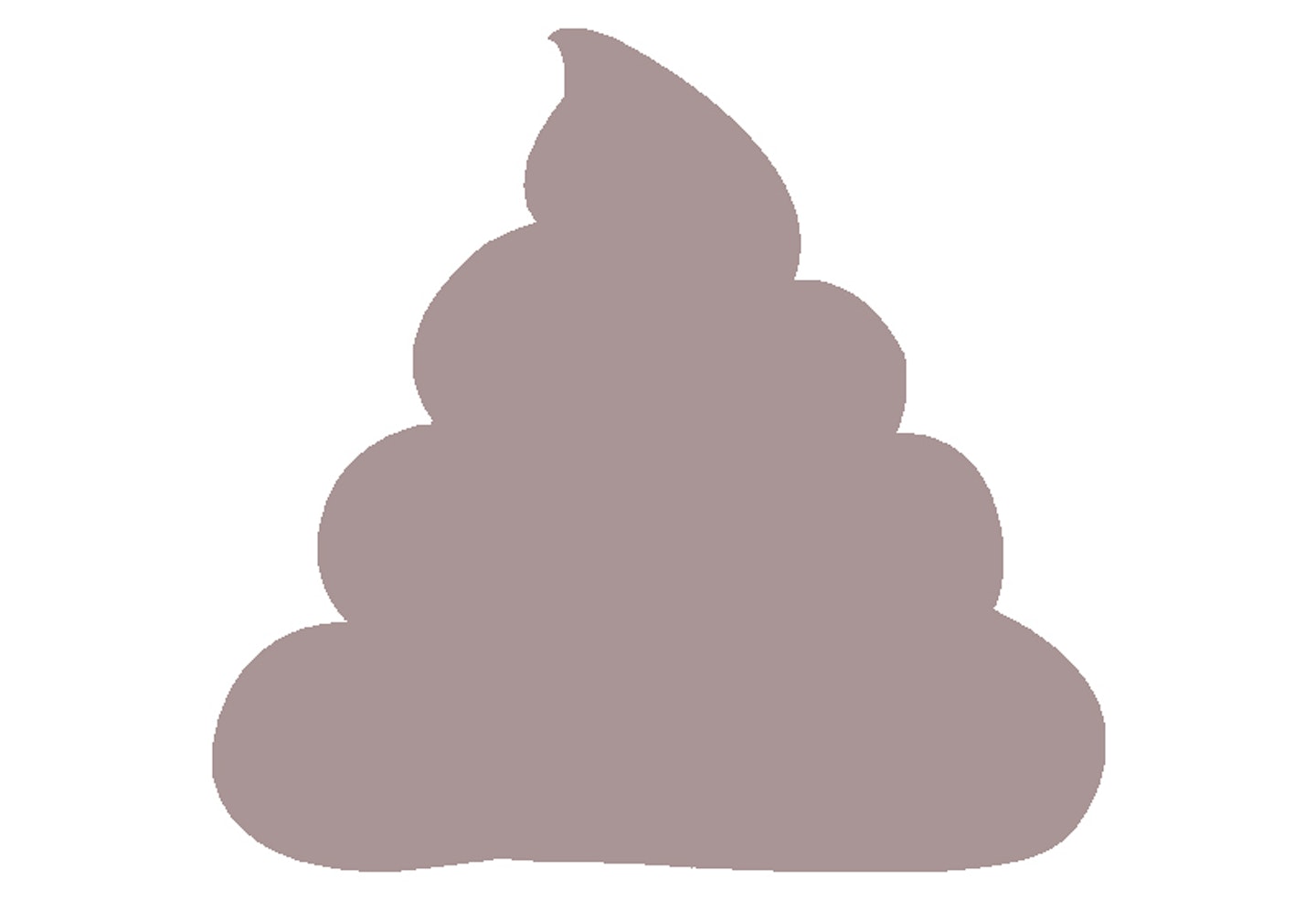 8 of 8
8 of 88) Pale/grey
While pale grey poop is very rare, it could indicate an issue with their liver and you should contact your GP or out of hours services immediately.
How can I stop the redness that comes from changing nappies too much?
Wipes can have lots of chemicals in and therefore be quite harsh on new baby skin. You could try using a washcloth and warm water to wipe with, or some gentle baby wipes to keep their skin clean and calm. And once you've changed their nappy, we'd recommend popping everything into a nappy bin to keep nasty smells at bay.
Why is my baby having trouble pooping?
It is totally normal for babies to strain and cry when passing a poop. This alone does not mean that they are constipated. As long as the poop is soft, everything is fine.
Breast milk contains a natural laxative, which makes a baby's poop soft. If you use formula, the texture of the poop will change to become more solid as formula is harder for babies to digest. This means it’s more likely for them to become constipated.
A healthy bowel movement should be fairly soft. A baby stool that is hard and dry may mean your baby isn't getting enough fluids, or that they're losing too much fluid due to an illness or fever. What’s a healthy bowel movement for newborns?
You might have seen the word meconium appear in baby books about being prepared for your baby's first weeks. This is the name of the baby's first stool, which is usually first passed within 36 hours of the birth. It's made up of material ingested in the womb, and is dark green or greenish-black (and pretty hard to wipe off your baby’s bottom, FYI). Soon after, your baby’s poop will become softer and lighter in colour.
How will a baby’s bowel movements change over the coming months?
As your baby heads towards their toddler years, the contents of their nappy will look quite different.
"After the first few months, your baby may only poo once per day or some babies may even go a few days between poos." Says Midwife Pip. "Bottom line is, if your baby is otherwise well and gaining weight, the frequency of their poos is likely to be very normal." She continues.
Weaning will alter how frequently your child passes solids and will also change how their poops look. Refer back to our colour chart, note anything unusual and get in touch with your GP if you're concerned.
About the expert
Midwife Pip is a truly passionate midwife and advocate for the profession, bursting with knowledge. Pip is an experienced, practising Midwifery Sister, MSc graduate, founder of Midwife Pip Podcast, Hypnobirthing and Antenatal Educator, co-author of published research and a mum.
Lorna White is the Senior Digital Writer for Mother&Baby. After running the Yours magazine website, specialising in content about caring for kids and grandchildren, Lorna brought her expertise to Mother&Baby in 2020. She has a keen interest in a range of topics from potty training and nutrition to baby names and early development and has a wide range of experienced medical experts and professionals at her fingertips. In her spare time, she enjoys spending time with her two young sisters, dog walking and enjoying the outdoors with her family.
